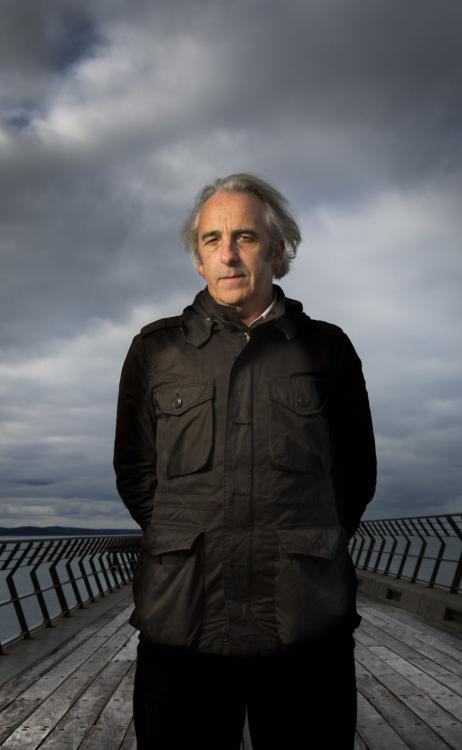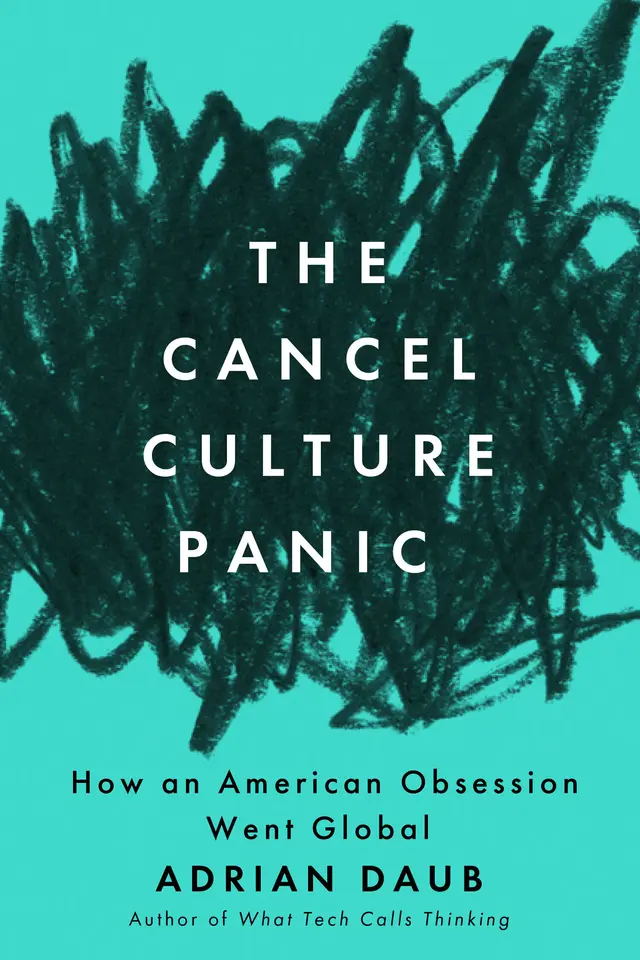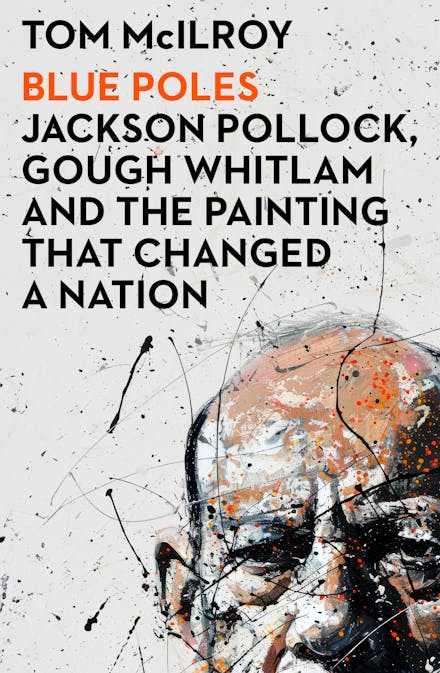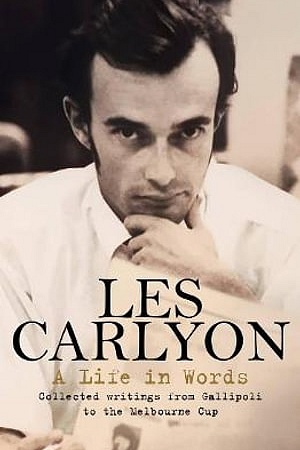The Shadow Men: The leaders who shaped the Australian Army from the Veldt to Vietnam
NewSouth, $34.99 pb, 279 pp, 9781742234748
The Shadow Men: The leaders who shaped the Australian Army from the Veldt to Vietnam edited by Craig Stockings and John Connor
First, a quibble. In the first paragraph of his introduction, John Connor writes that few Australians could ‘name a significant figure of the Australian Army’, John Monash and Simpson (and his donkey) aside. I am less sure. A generation after his death, Edward ‘Weary’ Dunlop remains a familiar name. Two of the past three governors-general, including the incumbent, served in the highest ranks of the army. The governor of New South Wales is David Hurley, another former general. David Morrison had not long retired as head of the army when he was named 2016 Australian of the Year. Ben Roberts-Smith, Australia’s most highly decorated living soldier, is chairman of the National Australia Day Council. In recent years, Australians have moved closer to Americans in their veneration of all things military, and with this development the nation’s bravest and most senior soldiers spend more time in the public eye. The army does not want for attention in modern Australia.
This book presents potted biographies of the ‘shadow men’, ten high-ranking soldiers who were influential in shaping the form and character of the Australian army, but whose careers are largely forgotten. Some lurk deeper in the shadows than others. Students of Australian history may know of William Bridges, who helped found the Royal Military College (Duntroon) in Canberra and who in 1915 was shot dead at Gallipoli; most probably will not have heard of Edward Hutton, who moulded the forces of the six Australian colonies into a national army. The editors have chosen their subjects well. The ten ‘shadow men’ include officers whose influence was exerted away from the battlefield, while the fact the biographies cover the period from the time of Federation to the end of the Vietnam War is a pleasing reminder that Australian military history is more than Gallipoli and Kokoda. I did not expect to learn so much about early twentieth-century Australia.
Continue reading for only $10 per month. Subscribe and gain full access to Australian Book Review. Already a subscriber? Sign in. If you need assistance, feel free to contact us.















Leave a comment
If you are an ABR subscriber, you will need to sign in to post a comment.
If you have forgotten your sign in details, or if you receive an error message when trying to submit your comment, please email your comment (and the name of the article to which it relates) to ABR Comments. We will review your comment and, subject to approval, we will post it under your name.
Please note that all comments must be approved by ABR and comply with our Terms & Conditions.